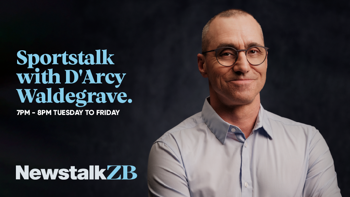

When the man who killed Connor Morris during a West Auckland street fight appeared before the Parole Board today he was initially smiling.
But, by the end of a nearly hour-long hearing, Michael Murray was reduced to tears after being questioned about some of his recent decisions while behind bars and his early release was denied.
Murray murdered Morris in August of 2014 with a sickle he’d grabbed from his house following a street brawl that erupted on the road near his home. Morris’ partner Millie Elder-Holmes was also there at the time of his death.
Murray was found guilty by a jury in 2015 and sentenced to life with a minimum non-parole period of 10 years. He appealed the conviction, his lawyer arguing that media interest in Morris’ death led to an unfair trial because his partner was the daughter of the late broadcaster Sir Paul Holmes.
At Murray’s first parole hearing his lawyer, Jasper Rhodes, described his client as being “almost there” in terms of being ready for release.
“Our primary submission is that he’s almost there and that he has over a sustained period of time that he is someone who under appropriate conditions and management complies fully and is not likely to be a risk to anyone.”
“He completely appreciates that’s all well and good while he remains in a facility and the real test comes if and when he is released back into the community.”
Rhodes told the board Murray had done a lot of work behind bars and matured significantly in 10 years.
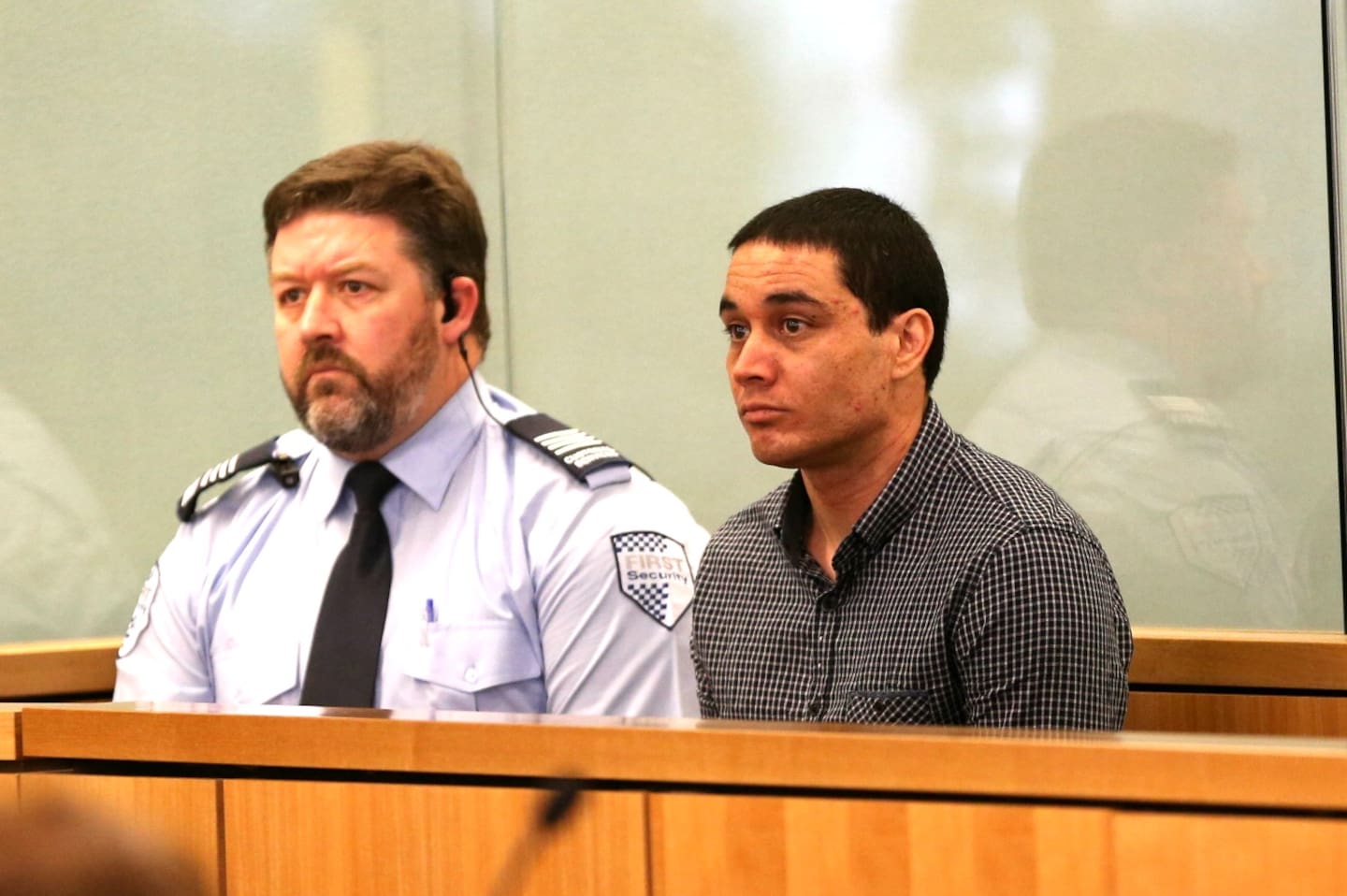
Michael Murray in the High Court at Auckland. Photo / Jason Oxenham
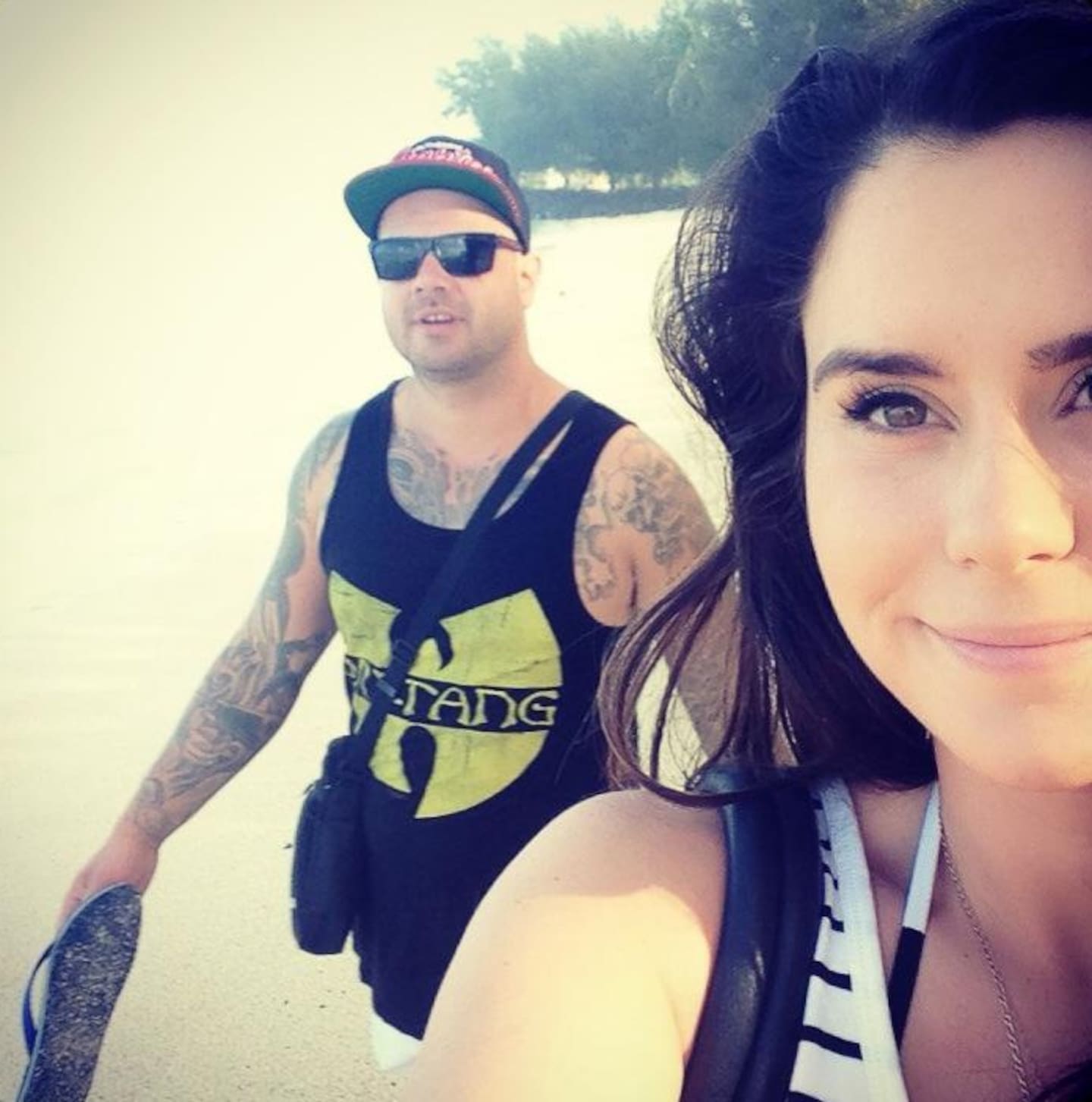
Connor Morris (left), who was killed by Michael Murray, pictured with his partner Millie Elder-Holmes (right).
“He doesn’t pretend the job is done, but it will be a lifelong journey for him to continue to address those things,” he said.
“He is almost there and he is not someone who needs years of further treatment.”
The board disagreed and expressed concerns about the choices Murray had made in the past year.
However, the board also suppressed specifically what those choices were, as well as the discussion it had with Murray at the hearing about those choices, which occupied the majority of the hearing.
What it didn’t suppress was its questions about the night itself and how Murray came to find himself with a sickle in hand.
On the night of August 3, 2014, a fight broke out between two unrelated groups on Don Buck Rd in Massey, Auckland.
Morris, 27, and some of his friends and family were at a housewarming but just before midnight mixers for drinks started to run out. Several of his friends decided to walk to some nearby shops to get more but ended up in an altercation with three men at the top of a nearby driveway.
After being alerted to what happened, Morris ran towards the fighting with Elder-Holmes following behind him, trying to stop him from getting involved.
While Murray admitted killing Morris he denied it was murder as he claimed he was acting in defence of his little brother who Morris was allegedly attacking.
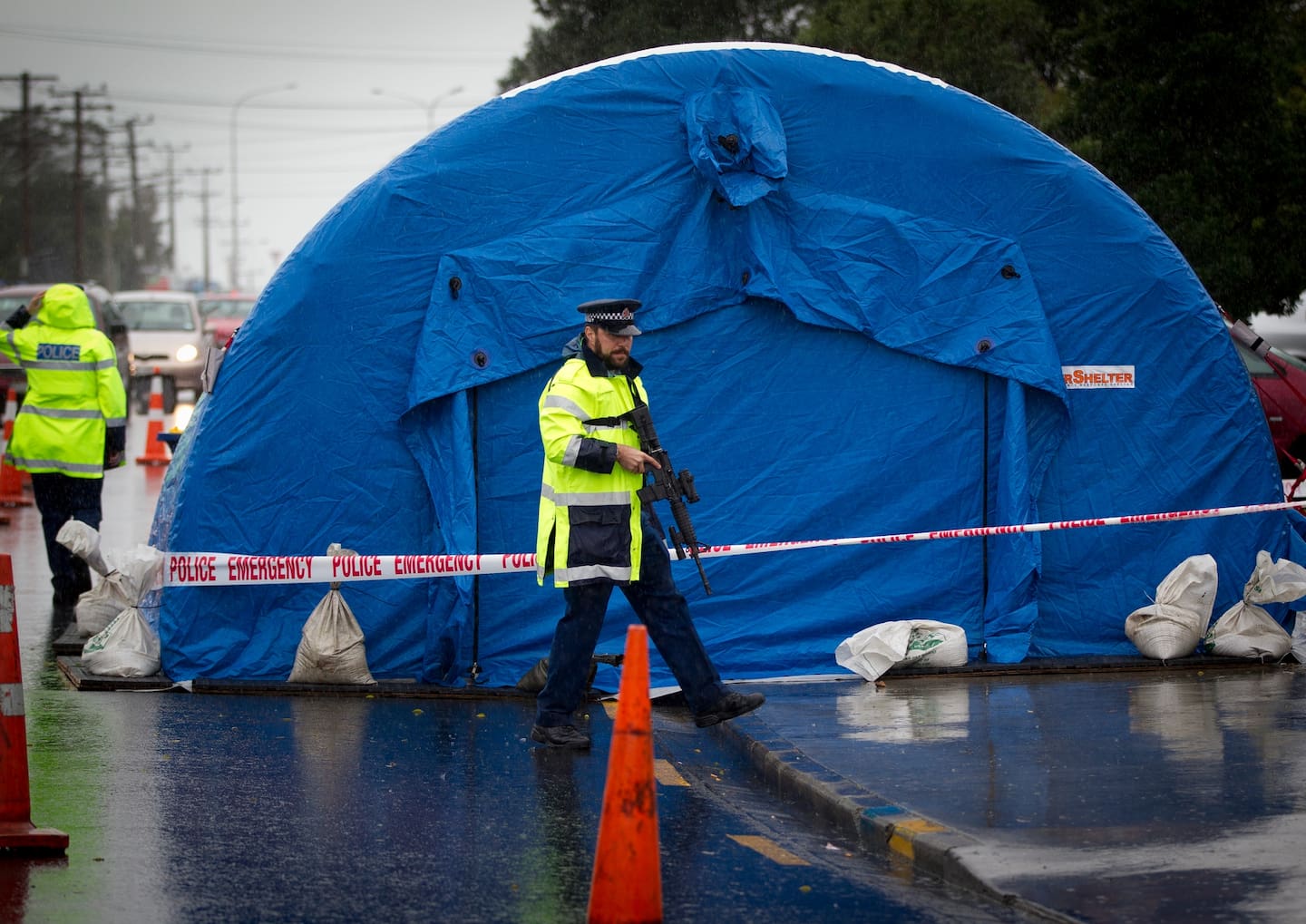
Connor Morris died during an all-out suburban brawl in West Auckland. Photo / NZME
Murray told the board the situation “erupted really fast” and he saw a lot of people coming down the road towards his house and he saw many of his cousins being “wiped out” in the fighting that ensued.
“I thought I’d go and get something to possibly scare them away from my house,” Murray said.
“I thought if I brandished it [the sickle] then it might scare them away.”
Murray told the board that the blow that killed Morris was a spontaneous decision that he made without thinking, but they questioned how it could have been a spur of the moment if he’d deliberately armed himself before it happened.
“I didn’t think that far through,” he said.
“What was spontaneous was the action to save my little brother.”
Parole Board chairman Sir Ron Young said it didn’t make sense to try and stop a large fight by brandishing a weapon.
“What did you think would happen when you struck someone with a sickle?” Sir Ron asked.
Murray said he was trying to slash Morris’ leg with the blade of the weapon and at the last minute Morris jerked up, meaning he was struck in the head instead. Murray demonstrated this movement to the board several times.
Young questioned whether this was a rationale that Murray had invented to justify the murder.
“I wonder if you’ve reconstructed it a bit to make yourself look a little less responsible,” he said.
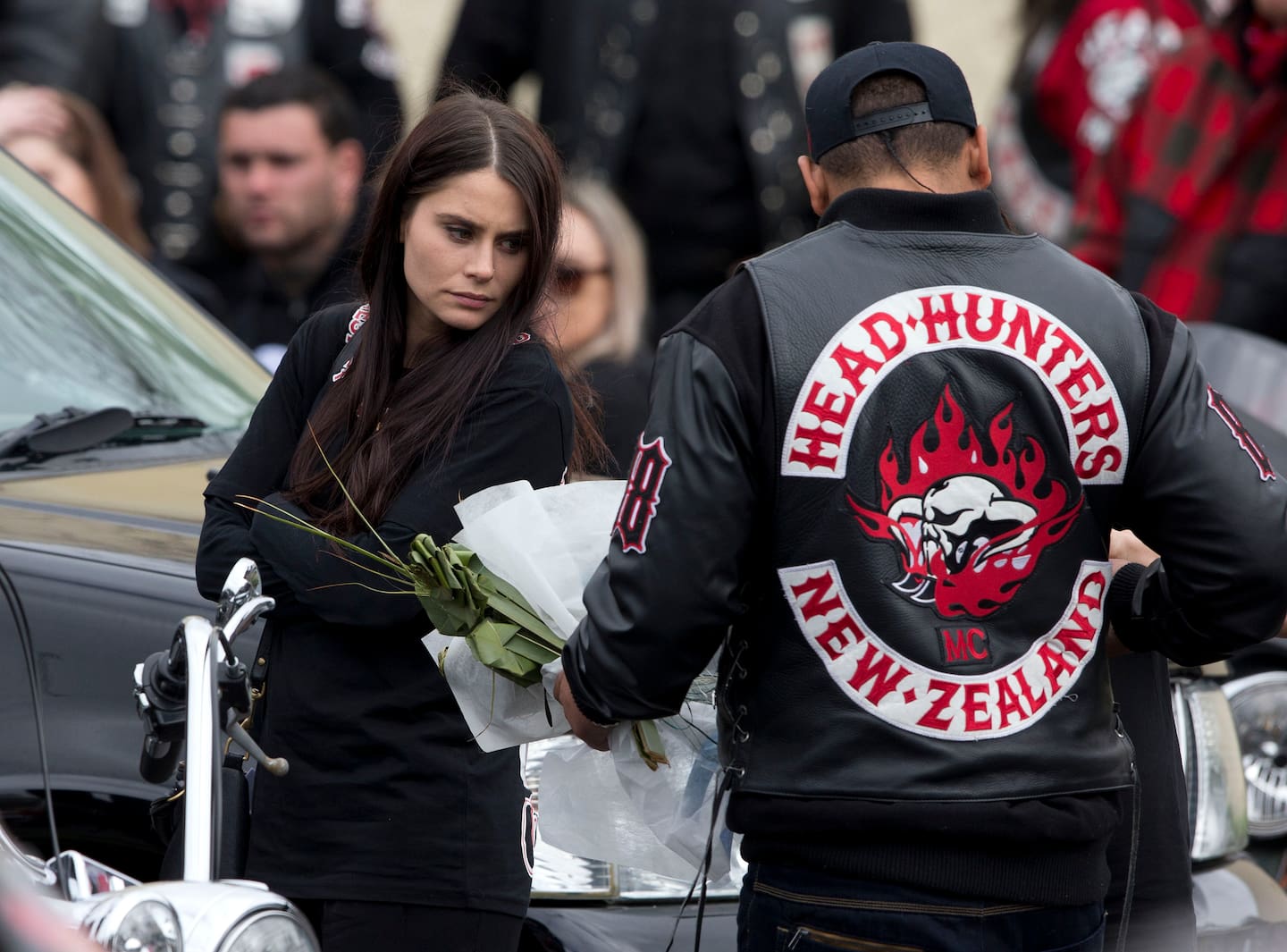
Millie Elder-Holmes at the Waikumete Cemetery after the funeral of Connor Morris. Photo / Brett Phibbs
“No, I’m completely responsible for what I’ve done,” Murray responded.
“I’m not trying to justify my actions, I know it was bad what I did.
“I shouldn’t have taken a sickle at all.”
While Murray has completed some work with a psychologist behind bars Young said he needed to do a lot more and questioned the assertion that he was “almost there” in terms of being ready for release.
“I’ve done all the treatment that they’ve offered me, so far,” Murray said in response.
Much of the hearing centred on choices Murray had made behind bars in recent years with one board member noting it seemed as if he had a set of expectations about how the hearing would go, only to be questioned heavily about these choices.
“I did sort of come in a little bit hot, thinking six months we would be able to hammer some stuff out,” Murray said.
“In a way, I was sort of saying to myself that the longest time is over, but there’s still work to be done to progress into the future.
“I need more treatment … Whether that be rehab and reintegration … I need it.”
Murray was also questioned about where he thought Morris’ family was now, and how they might feel about the loss of their loved one.
“Still hurting … if it happened to me I don’t think I could ever forgive someone.”
Murray will go back before the board in 2026.
Jeremy Wilkinson is an Open Justice reporter based in Manawatū covering courts and justice issues with an interest in tribunals. He has been a journalist for nearly a decade and has worked for NZME since 2022.

Take your Radio, Podcasts and Music with you









